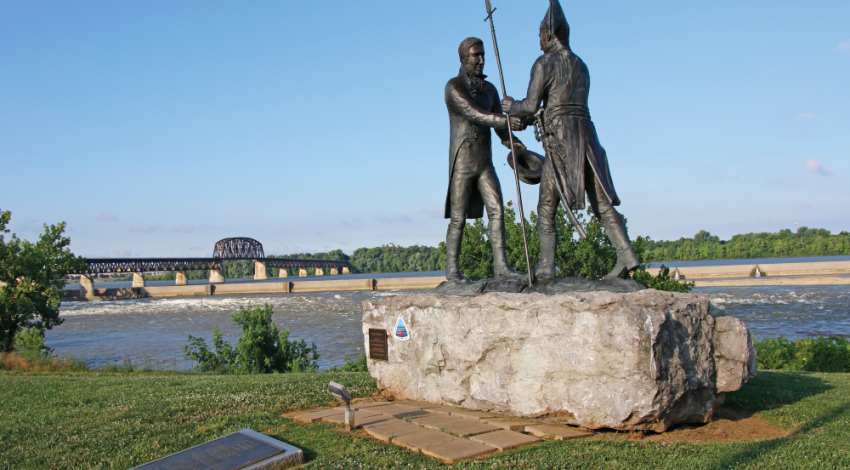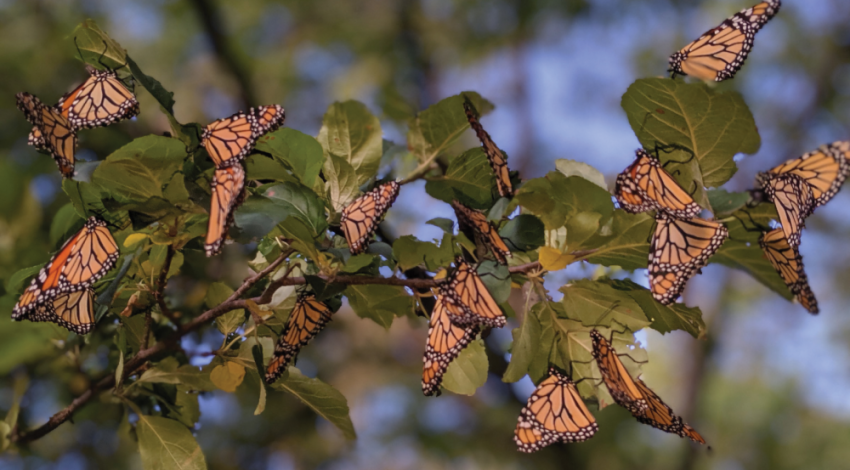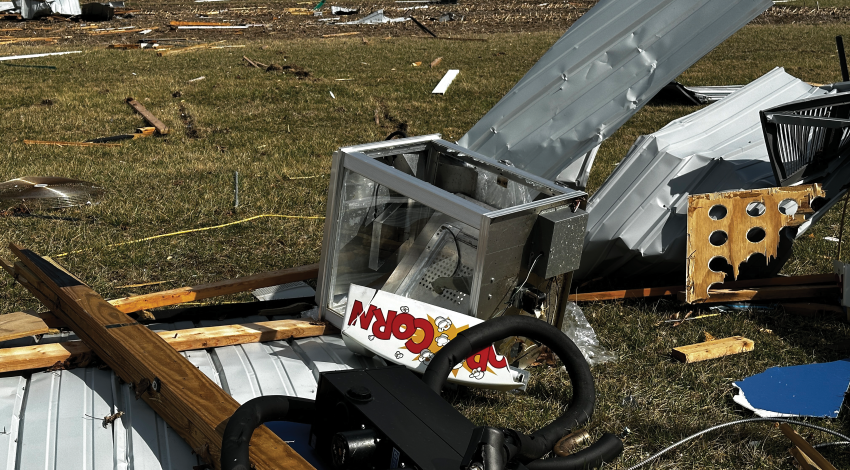The Shawnees called it Spaylaywitheepi. When French traders and trappers arrived during the 18th century, they described it as the Iroquois had: La Belle Rivière — the beautiful river.
Seeing the Ohio today, it’s difficult to believe that, in its original state, the river was a naturally shallow stream, varying in depth from only about 3 to 20 feet. And during annual periods of low water, such as late summer and early fall, a person could literally walk across the Ohio River on the stream’s bottom at many spots. You’d certainly get wet, possibly up to your waist or so, but the feat could be accomplished.
Technically, the Vinton County Air Show has been around longer than the Vinton County Airport has been open. The first was in 1969, the year after the runway was built near McArthur as part of Gov.
The group of locals with a passion for aviation has managed and maintained the airport and its 3,750-long runway since 1992. The air show — now one of the longest-running non-military, free air shows in Ohio — is its largest source of funding (the air show itself is free; boosters raise money by asking for parking donations and serving one of the best chicken dinners around).
The third Sunday each September, the Vinton County Air Show draws spectators by the thousands in search of family fun, highlighted by daredevil stunts, high-flying aerobatics, and a skydiving Santa Claus.
Cooperation Among Cooperatives, one of the foundational principles that guide cooperatives everywhere, is especially important to electric cooperatives. It’s easy to see why: When we step back and look at the amazing accomplishments that have been achieved by relatively small, locally owned electric co-ops, we realize that they have always been better when they work together than when they try to go it alone. By focusing on our common interests, as opposed to our differing ideas, we have been able to succeed and even to thrive through changing times.
While beautiful orange-and-black monarch butterflies still flutter around area lawns and gardens between May and September each year, their numbers have declined over the years because of some combination of environmental conditions, herbicide and pesticide use, and loss of
“I remember seeing lots of butterflies in my younger days,” says 90-year-old Alvin Brown, a retired dairy farmer who resides near New Bremen. “There aren’t nearly so many nowadays, so we have to do what we can to help.”
Like Brown, Coldwater resident Norma “Skeet” Wolters became interested in helping the monarchs long before the Union for Conservation of Nature declared the species endangered in 2022. Having been involved in the Mercer County 4-H program for more than two decades, she often included butterflies in her nature presentations.
In 1772, four years before the start of the revolution that wrested control of the colonies from Great Britain, the British king, George III, gave hundreds of acres of land in what was then the Colony of Virginia to an Englishman named Alexander Smiley, for the purpose of f
Smiley, with help from the eighth and ninth generations of Smiley farmers — his son, James, and two grandsons, John and Alexander — raises corn, soybeans, hay, and Charolais beef cattle on 100 acres of the original Smiley farm, plus additional farmland they either own or lease.
“The deed from King George was for at least 500 acres, but might have been for more than 1,000 acres,” John says. “We’re just not sure because parts of it were parceled off when people got married, and lots of the property records were destroyed in a courthouse fire.”
In the early morning hours of February 28, an EF2 tornado ripped through London, Ohio. Winds as high as 130 mph tore off roofs, snapped trees, and battered barns and outbuildings. Fortunately, no injuries were reported.
While Willie won’t be resurrected, the Ohio’s Electric Cooperatives Education Center — free popcorn and all — will be back, joining hundreds of farm-focused exhibitors September 17 to 19 for the 2024 Farm Science Review.
“It may look a bit different, but we’ll be there,” says Missy Kidwell, manager of cooperative development for Ohio’s Electric Cooperatives, noting that a new building, still under construction as of early August, was expected to be finished and ready to go in time.
Vintage aircraft are a common sight in the sky above and along County Road 25A at the south edge of Troy in Miami County — especially during late September, when the WACO Air Museum and Learning Center hosts its annual fly-in.
“The fly-in gives us a chance to show off our facility,” Royer says. “It is here that people can walk through the history of Troy and Miami County, which were at the forefront of the aviation history.”
WACO (Weaver Aircraft Company) in Troy was the largest manufacturer of biplanes in the country during the late 1920s and early 1930s. Buck Weaver, a civilian who instructed military pilots in Texas during World War I, and friends Clayton Brukner, Sam Junkin, and Charlie Meyers founded the company in 1920.
















